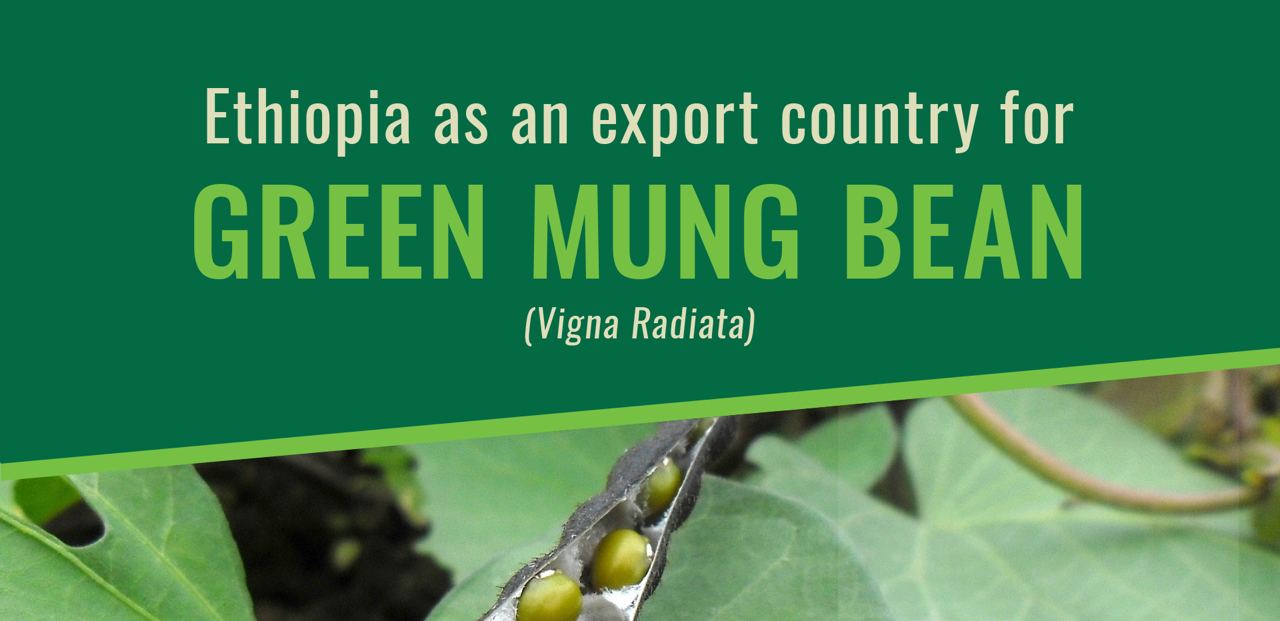Worldwide there is a steady trend towards more imports and exports of mung bean (see Table 1 and 2). There does not seem to be much problem in meeting the increasing demand though, since there is a large group of countries producing mung bean and for many of them production levels are also increasing, including for top producer Myanmar.
About 75% of Myanmars exports of mung beans is going to India, which suggests that they do not play an impossibly significant role in the exports to other Asian countries where mung bean is imported on an increasing scale. Strikingly, the largest importer of mung bean, India, is almost similarly for 76% dependent on Myanmar, at least when measured in USD value.
In terms of USD value, Ethiopia is the 9th exporter of mung bean to India, after Kenya and Tanzania, but before Uganda, South-Africa, Malawi, Zambia, Egypt and Sudan. India, Myanmar, China and Australia are the top four producers of mung bean in the world accounting for 81% of the global export market. At the same time, India is also the leading consumer and is therefore still heavily dependent on imports, mainly from Myanmar, but increasingly also from other countries.
When combining TradeMap and Ethiopian Revenue and Customs Authority (ERCA) data, in 2015 1,322,972 tons of mung bean were imported worldwide, which would mean that Ethiopia (with 17,267 tons) exported about 0.013 % of the world total. Kenya and Tanzania are the leading producers in Africa, but Ethiopia is becoming more important and is likely a top 5 producer in Africa. Ethiopia produces almost entirely for export, with the exception of a few consumption cases in the North Western parts of the country adjacent to Sudan, where the crop is used as a sauce, and some government deliveries to relief areas in Afar and Somali areas. According to TradeMap, the countries listed in Table 3 imported mung bean from Ethiopia in 2015.
India and Indonesia are clearly the most important export markets for Ethiopia, with Belgium a distant third. Table 4 makes clear that some Asian countries both import as well as export mung bean, notably China, Indonesia, Thailand and UAE. It also shows that Ethiopia is only an exporting country, with only negligible consumption of mung bean in Ethiopia itself. The same is true for all other African countries, European countries, Argentina, Australia, Afghanistan and Uzbekistan; all of them are net exporting countries without significant domestic consumption of mung bean.

